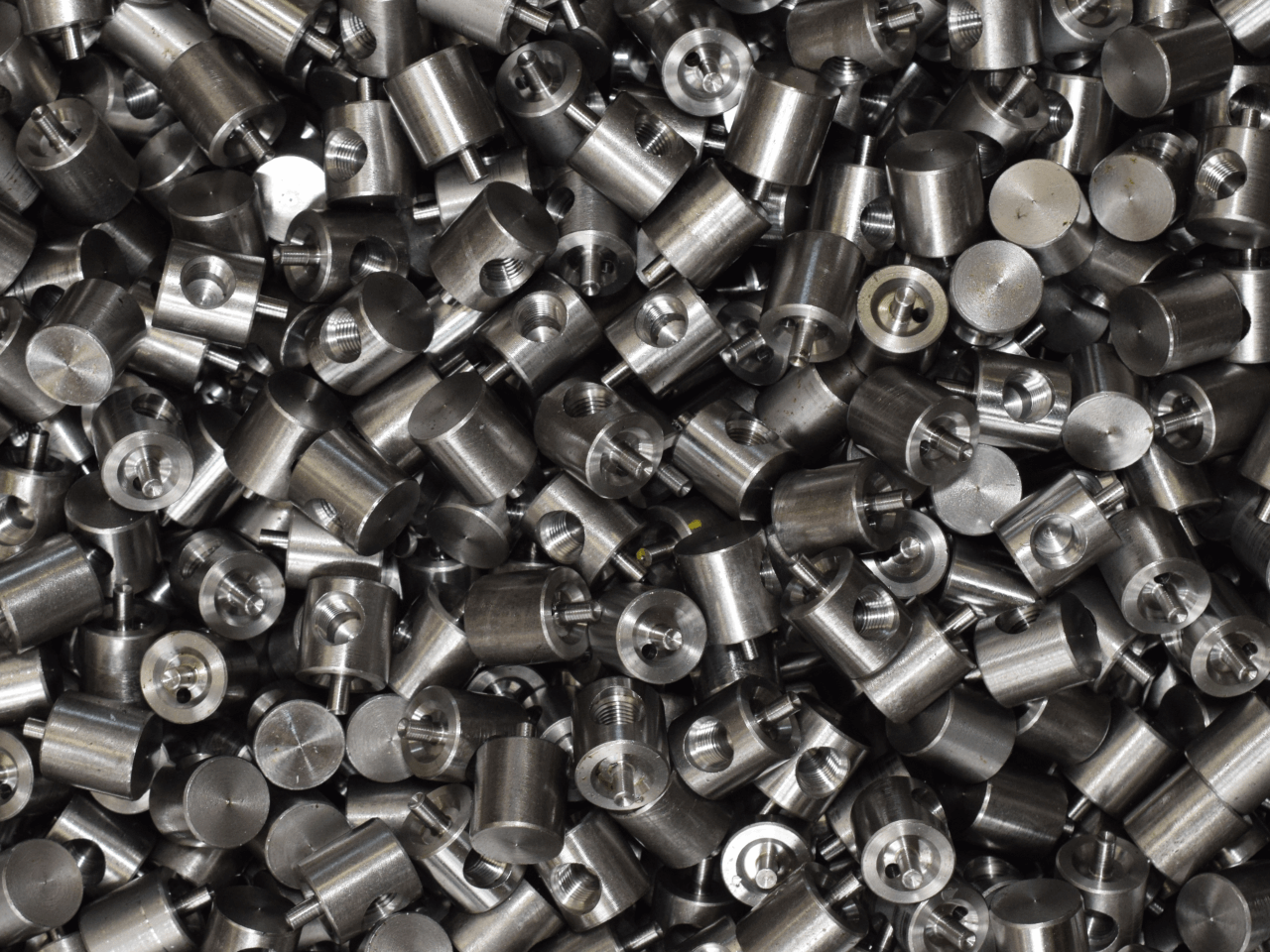
ISO Finishing’s skilled engineers and technicians have the experience and expertise to determine the most effective process for the specific type of finish your parts require, but what is mass finishing and how does it relate to deburring?
The act of deburring removes surface burrs while simultaneously improving finish and hides scratches, nicks, and dings. Deburring really means more than just removing the burr, it encompasses the complete surface finishing process – including edge finishing, stain and discoloration removal and completing necessary documentation and paperwork.
Mass finishing allows for the mechanical finishing of many parts simultaneously. In addition to deburring, mass finishing can also be used to descale, deflash, radius, and polish parts. Utilizing mass finishing to deburr parts is considered a ‘loose-abrasive’ method in which batches of parts are vibrated or tumbled in specifically designed tubs or barrels along with an abrasive media, water, and surfactant. Media used for deburring can be produced from organic or preformed metallic, ceramic, or resin-bonded plastic materials. Preformed media ranges in a variety of sizes and shapes.
There are multiple finishing techniques that can be used for mass finishing and deburring, such as blasting, lapping and electropolishing. ISO Finishing uses centrifugal barrel finishing (CBF) and vibratory finishing equipment to achieve a high-quality surface finish.
Both CBF and vibratory surface processing use water, media, and surfactant to finish parts. Vibratory processing creates a rolling motion within the bowl or tub which causes parts to rub against each other, producing a polished surface. During CBF processing, parts and media are placed into hexagon barrels mounted on a turret. The turret spins one way, much like a Ferris wheel while the parts and media rub against each other in the opposite direction. The force tightly compacts the load, while sliding motion of the media and parts combined with the centrifugal force created by the spinning turret polishes the parts quickly and without the use of chemicals.
There isn’t a right or wrong answer. The unique requirements of a component typically determines the level of surface finishing needed. At ISO Finishing, we provide complete surface finishing solutions for all industries and material types. Our detailed documentation and experience ensures that each part exceeds the most demanding requirements.
Let us show you how our finish will become your finish by processing your sample. Let us show you what we can do.
LET’S GET IT FINISHED.